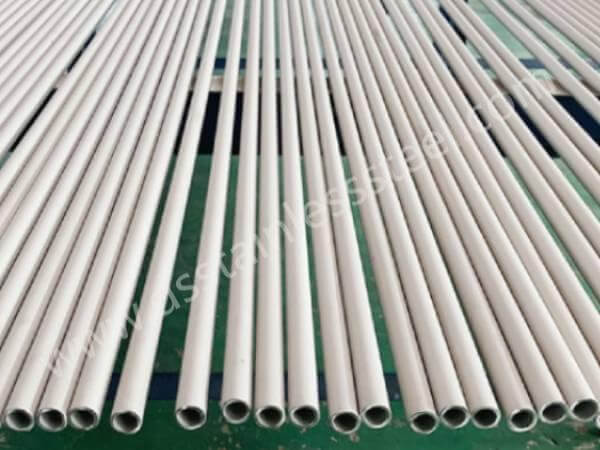
Stainless steel seamless tube is manufactured conforming to ASTM and international standards in a wide range of sizes, the range starts at 3 mm to 711 mm in OD, seamless tubes are produced via cold rolled and drawn process in annealed and pickled condition, also bright annealing finish is available, our seamless stainless steel tubing complies with ASTM A213, A269, A312, A268, A789 specifications and EN 10216-5 standard, stainless steel grades include 304/304L, 316/316L, 321/321H, 347/347H, 310/310S, 904L, 2205 and other grades.
Seamless tube is a hollow tubular cross-section with a uniform structure using cold-finished or hot-finished manufacturing process without any welding seam or a weld joint, seamless tube can withstand high temperatures and high strength, it is applied in the curatorial Industry, food and beverage Industry, decorative and construction, aerospace Industry, chemical and petrochemical, fluid transport, water treatment, boiler, heat exchanger, oil and gas service, mechanical and fabrication purpose.
Stainless Steel Seamless Tube Specifications
| Specifications | Tube Pipe Type | Material | Applications |
|---|---|---|---|
| ASTM A213 | Seamless | Ferric and Austenitic Alloy-Steel 304/304L, 316/316L/316H/316Ti, 321/321H, 347/347H, 317/317L, alloy 20, 800/800H | Boiler, Super heater, and Heat-Exchanger |
| ASTM A268 | Seamless and Welded | Ferritic and Martensitic Stainless Steel 405, 409, 409S, 410, 410S, 416, 420, 422, 420, 430, 430TI, 439, 440C, 444, 446. | General Service |
| ASTM A269 | Seamless and Welded | Austenitic Stainless Steel 304/304L, 316/316L, 321, 347, N08904, S31254 | General Service |
| ASTM A270 | Seamless and Welded | Austenitic and Ferritic / Austenitic Stainless Steel 304/304L, 316/316L, S31803, S32205, S32750 | Sanitary Tubing |
| ASTM A312 | Seamless, Welded, and Heavily Cold Worked | Austenitic Stainless Steel 304/304L, 316/316L/316H/316Ti, 309S/309H, 310S/310H, 321/321H, 347/347H, 317/317L, alloy 20, 800/800H | high-temperature and general corrosive service |
| ASTM A511 | Seamless | Stainless Steel | Mechanical Tubing |
| ASTM A688 | Seamless and Welded | Austenitic Stainless Steel 304/304L/304LN, 316/316L/316LN, S31254, 800/800H | Feedwater Heater |
| ASTM A789 | Seamless and Welded | Ferritic/Austenitic Stainless Steel S31803, S32101, S32205, S32304, S32520. S32550, S32707, S32750, S32760 | General Service |
| ASTM A790 | Seamless and Welded | Ferritic/Austenitic Stainless Steel S31803, S32101, S32205, S32304, S32520. S32550, S32707, S32750, S32760, S32900/329 | General Service |
| EN 10216-5 | Seamless | Stainless steel 1.4301, 1.4307, 1.4306, 1.4541, 1.4401, 1.4404, 1.4571, 1.4439, 1.4435, 1.4539, 1.4462 | Pressure purpose |
Stainless Steel Grades
There are various stainless steel materials for seamless tubing, including Austenitic Stainless Steels, Ferritic Stainless Steels, Martensitic Stainless Steels and Duplex Stainless Steels, Austenitic Stainless Steels are the most used materials, and 304 / 304L and 316 / 316L are typical grades.
304/304L Seamless Tube
304 stainless steel is a common material in stainless steel, with a density of 7.93 g/cm³, also called 18/8 stainless steel in the industry. High-temperature resistance of 800 ℃, good processing performance, and high toughness characteristics. 304 seamless pipe is a kind of hollow long round steel, widely used in petroleum, chemical, medical, food, light industry, machinery and instrumentation and other industrial pipelines and mechanical structural components, etc.
316/316L Seamless Tube
316 stainless steel tubes are cylindrical, hollow machine and piping parts constructed of a specific grade of steel alloy and used to transfer fluids and gasses most regularly. 316 stainless steel is commonly used in industrial, commercial, and even domestic contexts since it has a high tensile durability strength and that almost all steels are recognized for, as well as good forming and welding qualities.
ASTM/AISI Grades
- Austenitic: 304, 304L, 316, 316L, 316H, 316Ti, 317/317L, 347/347H, 321/321H, 310/S, 904L, 254SMO
- Ferritic: 409, 430, 439, 441, 434, 436, 444, 446
- Martensitic: 403, 410, 410S, 414/L, 418, 420, 440, 416
- Duplex: 2205, S31803, S32750, S32760
EN/DIN Steel No.
1.4372,1.4373,1.4319,1.4301,1.4306,1.4315,1.4303,1.4833,1.4845,1.4401,1.4571,
1.4404,1.4429,1.4438,1.4541,1.4550,1.4477,1.4462,1.4002,1.4512,1.4016,1.4113,
1.4509,1.4521,1.4006,1.4021,1.4028,etc
Seamless Stainless Steel Tube Sizes
There are large wide sizes and dimensions for seamless tubes, also including seamless pipes, professionally, sizes of tube and pipe are not the same, tubes are expressed as actual sizes in inches or millimeters, and pipe involves Nominal sizes for outside diameters and Schedules for wall thickness.
Stainless Steel Seamless Tube Manufacturing Process
Seamless stainless steel tube is manufactured drawn from a solid stainless steel billet and extruded into a hollow form, the hollow billet is heated and pierced, and then removing the oxide scale, the billet is extruded into the desired dimension using cold drawing and cold rolling methods, this technology can reduce the outside diameter to smaller sizes, and control seamless pipe sizes and tolerances requirement, the inside of the tube can be controlled using a rod (known as rod drawing), a plug (known as plug drawing).
Billet
A billet is an extruded hollow tube from a pilgered bar, it is a semi-finished tube, and it needs inspection and pickling to ensure high quality The billet is produced to a required chemistry in either the making process and is heated and then pierced.
Cold Rolling
Billet sizes are generally reduced to obtain thinner tube sizes, rolling process can achieve this purpose using compression.
Tube rolling is an exact method of reducing very thin-walled or smaller-diameter tubes, usually, it gets a fine surface finish and accurate sizes.
Cold Drawing
Cold drawing is also the cold working method to reduce the diameter by pulling the tube through a die, The device’s inner size is smaller than the tube, to pull the tube into the die, the diameter of the tube is reduced to the desired size to pass through.
Annealing
It is also named heat treatment, this process softens the material to make further processing and improves the overall metallurgical microstructure of the tube.
Tube is heated to a controlled temperature, usually, 300 series stainless steel minimum annealing solution is 1040 C, annealing relieves stress and makes the material suitable for redrawing.
Pickling
It is a chemical method to clean the tube resulting from cold working or annealing process, generally using sulphuric acid or nitric acid, putting the tube into the pickling tank and soaking at the right time, not short and not long depending on stainless steel grade.
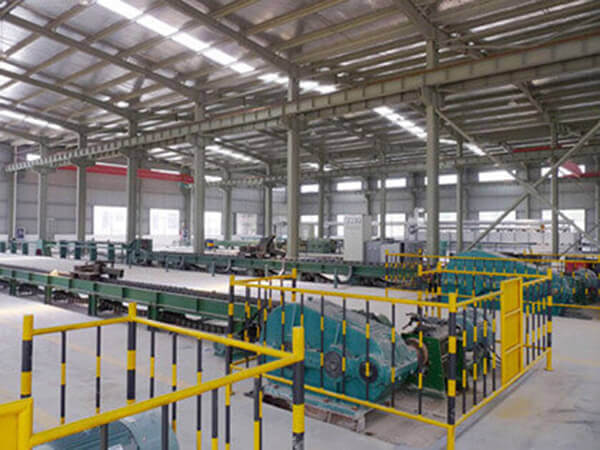
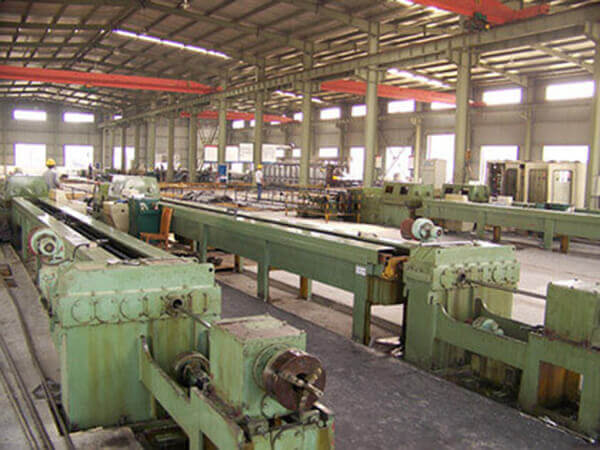
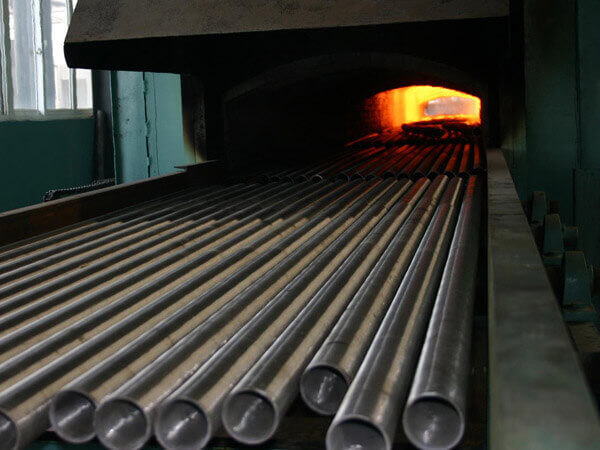
Special Seamless Tubes
Bright Annealed Seamless Tues
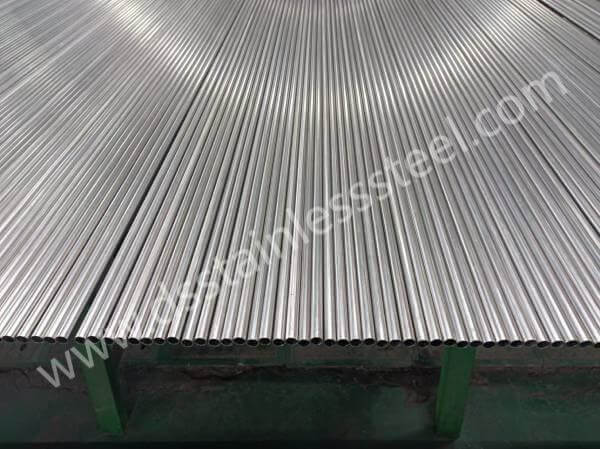
Bright seamless tube is a kind of steel tube refined by cold-drawing or cold-rolling, oxidation-free bright heat treatment, non-destructive testing, the inner wall of the steel pipe is brushed with special equipment and rinsed with high pressure, the steel pipe is treated with antirust oil for rust prevention, and the ends are capped for dustproof treatment.
The high precision inner and outer wall, no oxidation layer of steel tube after heat treatment, high cleanliness of the inner wall, steel tube to withstand high pressure, cold bending without deformation, flaring, flattening without cracks, white with bright surface with a high metallic luster.
U bend Seamless Tubes
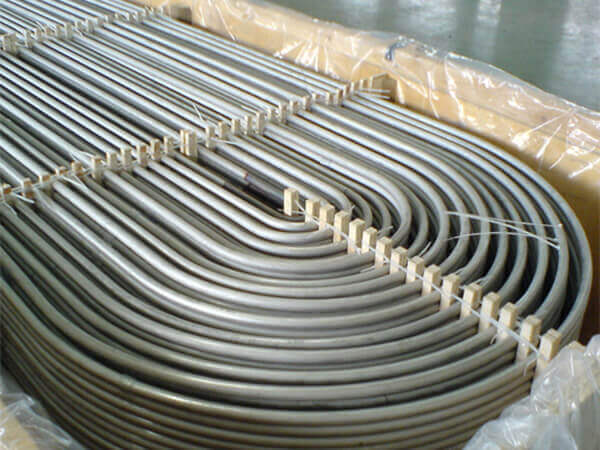
Stainless steel U tubes can be used as tube bundles for tubular heat exchangers, with the advantage that the bundles can be freely withdrawn and loaded for easy cleaning.
Stainless steel U-tubes have high-temperature resistance and can withstand temperatures up to 800 ℃ or more, which is especially suitable for high-temperature heat exchange occasions, stainless steel U-tube has good corrosion resistance, able to resist the erosion of most corrosive media, high durability, long service life, and will not be easily rusted or damaged, It has high safety and reliability, reducing the risk of leakage.
Seamless Tube in Coll
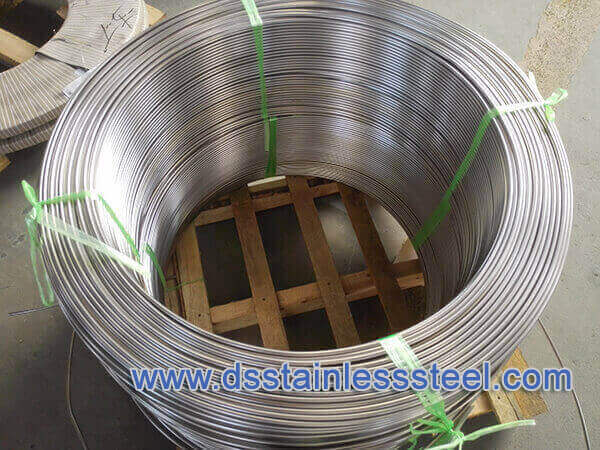
Ultra-long stainless steel seamless coil is a kind of ultra-long steel pipe with hollow section and no seams around. It is an extra-long steel pipe that is resistant to the corrosion of weak corrosive media such as air, steam, water, and other chemical-absorbent media such as acid, alkali and salt. It is also known as an ultra-long stainless steel corrosion-resistant coil.
Generally for a diameter of 0.5mm to 20mm, and a thickness of 0.1cm to 2.0mm disc or mosquito coil loaded bends; widely used in the chemical industry, machinery, electronics, electric power, textile, rubber, food, medical equipment, aviation, aerospace, communications, petroleum, and other industrial fields.
Testing And Inspection

All the material should be tested before shipment as standards or special requirements, there are non-destructive and destructive tests for option.
- EN 10216-5 TC1
- ASTM A213 (average wall or minimum wall)
- ASTM A269
- ASTM A688
- ASTM A789
- ASTM B444
- PED 2014/68/EU
- NACE MR0175/ISO 15156
Non Destructive Testing
- PMI for material identity, analysis of materials to determine the chemical composition of a metal or alloy at particular (usually multiple) steps of alloy manufacturing.
- Visual inspection dimensional inspection, tolerance, Visual inspection is the first step in assessing a pipe’s condition. Features to observe are cracks, erosion, corrosion, debris, grinding, scouring, manufacturing defects, discoloration, weld splatter, location of insertions, and state of the coating.
- Eddy Current testing, This test is used to detect hidden flaws, in homogeneties, cracks, etc. using the test procedure described in ASTM E-426.
- Ultrasonic testing
- Hydrostatic pressure testing, The test pressure is achieved using high-pressure triple plunger pumps. If specified, customers or their deputed inspection agencies can witness 100% hydro testing at our plant
Destructive Testing
- Yield Strength, Tensile Strength, Elongation
- Rockwell Hardness testing, Samples from each lot are tested to ensure that the hardness of the tube is within permissible limits.
- Grain size
- Flattening and flaring testing, The Flattening test mainly serves to detect microscopic internal and external flaws. The flaring test serves to establish the forming behavior of tubes or pipes which is expanded to a specific degree.
- Intergranular Corrosion Test: Practice A, B, C & E, Intergranular Corrosion (IGC) or Intergranular Attack (IGA), is an efficient test for screening a material’s corrosion resistance under certain conditions. Using a variety of methods, including ASTM A262, ASTM G28 and ASTM A763, it also provides critical data about the metal’s corrosion resistance to prevent failures in the field.
Applications of Stainless Steel Seamless Tube
Seamless tubes are applied in more harsh environments and are supplied to a variety of industries with corrosive media, high and ultrahigh temperatures & pressures, and other aggressive conditions. Key application areas of stainless steel seamless tubing are chemical and petrochemical engineering, mechanical engineering and power generation, including nuclear.
Heat Exchanger Tube, Condenser Tube
Seamless tube is designed to be used in all types of heat exchanger systems, the materials include austenitic stainless steels, duplex stainless steels, and nickel alloys, the heat exchangers have seawater coolers, condensers, evaporators, heaters and reheaters.
Boiler Tube, Feedwater Heater Tube
All stainless steels, both the commodity grades (TP 304, TP 316, and derivatives) and the higher-performance versions, are resistant to the majority of boiler chemicals, including all of the hydrazine derivatives.
Instrumentation Tubing
Instrumentation Tubing size in outside diameters from (OD) 1.59 to 50 mm (0.0625 to 2 in.), all sizes are supplied with smooth surfaces and close dimensional tolerances reducing the risk of leakages when connecting tubes with couplings.
General Tubes and Pipes
General tubes & pipes are used as piping components or line pipes for a variety of industries: chemical/petrochemical, oil and gas, power generation, processing, food and drink, metallurgy, and others.
Seamless Tube Advantages
20% Higher Working Pressures
Compared to the welded tube, the seamless pipe has no longitudinal weld seam, seamless tube has 20% higher working pressures under the same material and size condition.
Heavy Walls
Seamless pipe can achieve heavy wall pipe for high-pressure applications.
Corrosion Resistance
Seamless pipe is generally considered to be the most consistent material with the least impurities because it has no welding seam, and reduces the risk of corrosion attack.
